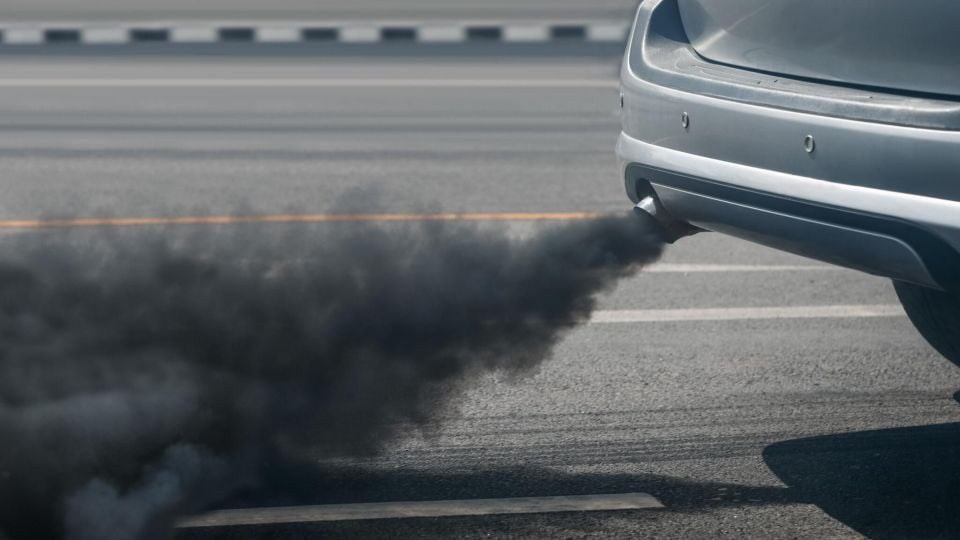

William Stopford
The cars revealed in 2025 we wish would come to Australia
6 Hours Ago
New Euro 7 emissions regulations are one step closer to being implemented across the European Union, but they're far less ambitious than previously planned.

News Editor


News Editor
The European Parliament has passed new emissions regulations which largely mirror the existing ones, following pushback from carmakers.
With 297 votes in favour, 190 against and 37 abstentions, the legislative body adopted the new Euro 7 regulations which will see existing Euro 6 test conditions and exhaust emissions limits retained for passenger cars and vans.
However, the new regulations impose stricter limits for buses and trucks – albeit against the same testing conditions – while there are new brake particle emissions limits for cars and vans, as well as minimum performance requirements for battery durability in electric and hybrid cars.
Tyres will need to meet abrasion rates under these new limits to receive approval to be sold.
Additionally, regulations will call for all vehicles to have a corresponding environmental vehicle passport (EVP), a digital overview of the vehicle’s environmental impact.
Reuters reports the new rules will apply to cars and vans from July 2030, and to buses and trucks from July 2031.

Euro 7 regulations now require final formal approval from European Union member nations.
“We have successfully struck a balance between environmental goals and the vital interests of manufacturers,” said European Parliament member Alexandr Vondra.
“We want to ensure the affordability of new smaller cars with internal combustion engines for domestic customers and at the same time enable the automotive industry to prepare for the expected transformation of the sector.
“The EU will now also be addressing emissions from brakes and tyres and ensuring higher battery durability.”
The Euro 7 standards are the the latest in a line of increasingly tough emissions regulations in Europe, starting with Euro 1 back in 1992.
But the European Commission had originally proposed in 2022 a much tougher set of standards under the Euro 7 banner, which would have come into effect from mid-2025 for cars and from mid-2027 for trucks and buses.

These original regulations had called for stricter testing protocols, as well as the harmonisation of emissions limits for both petrol and diesel passenger cars, with the aim of reducing nitrogen oxide (NOx) emissions by 35 per cent and tailpipe particulates by 13 per cent compared with Euro 6 standards.
The current Euro 6 rules permit diesel cars to emit oxides of nitrogen (NOx) at a maximum rate of 80mg/km, while petrol cars have a 60mg/km limit. On the flipside, petrol cars have a 1.0g/km carbon monoxide threshold, whereas diesel cars were limited to just 0.5g/km.
Some manufacturers, such as Stellantis and Renault, argued the original Euro 7 proposal would cost too much to implement, and divert important time and money away from their efforts to make their lineups electric-only by 2035 – another goal of European legislators.
In September 2023, at the urging of eight car-manufacturing nations – including France, Italy and Czechia – the European Council agreed to keep the current Euro 6 emissions rules for both petrol and diesel passenger cars and vans for the Euro 7 standard.
William Stopford is an automotive journalist with a passion for mainstream cars, automotive history and overseas auto markets.


William Stopford
6 Hours Ago


Josh Nevett
7 Hours Ago


Ben Zachariah
23 Hours Ago


CarExpert.com.au
1 Day Ago


Damion Smy
2 Days Ago


Damion Smy
2 Days Ago